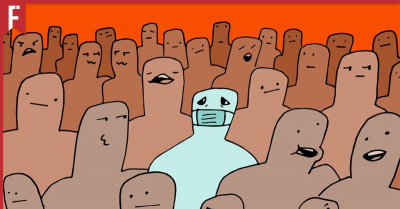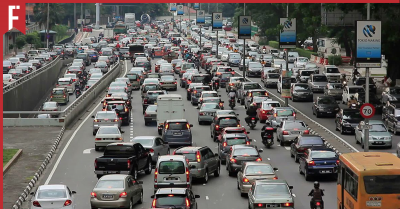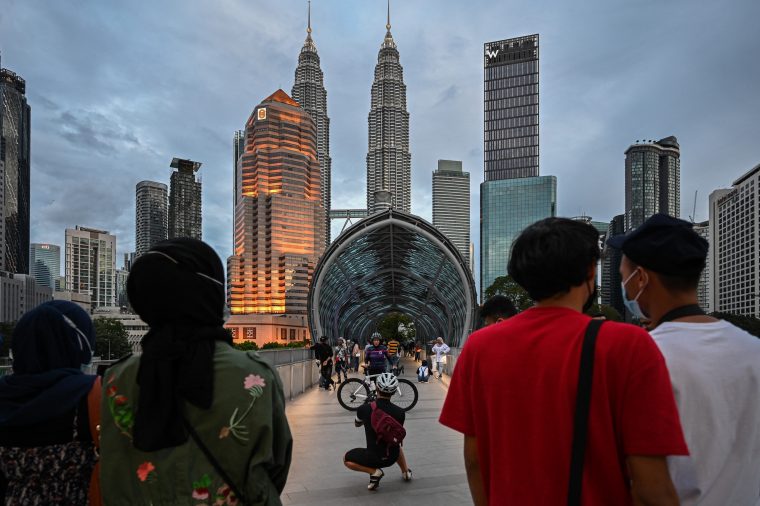
For years, we’ve all seen 2020 as the future.
For us 90s kids, 2020 was always hyped up as this far distant future beyond the horizon, when Malaysia would become a developed nation and we’d all be flying around in hover cars.
Alas, reality is not so kind. By the time COVID-19 reached our shores, it was already clear that Wawasan 2020 (Vision 2020) was already a flop.
Wawasan 2020
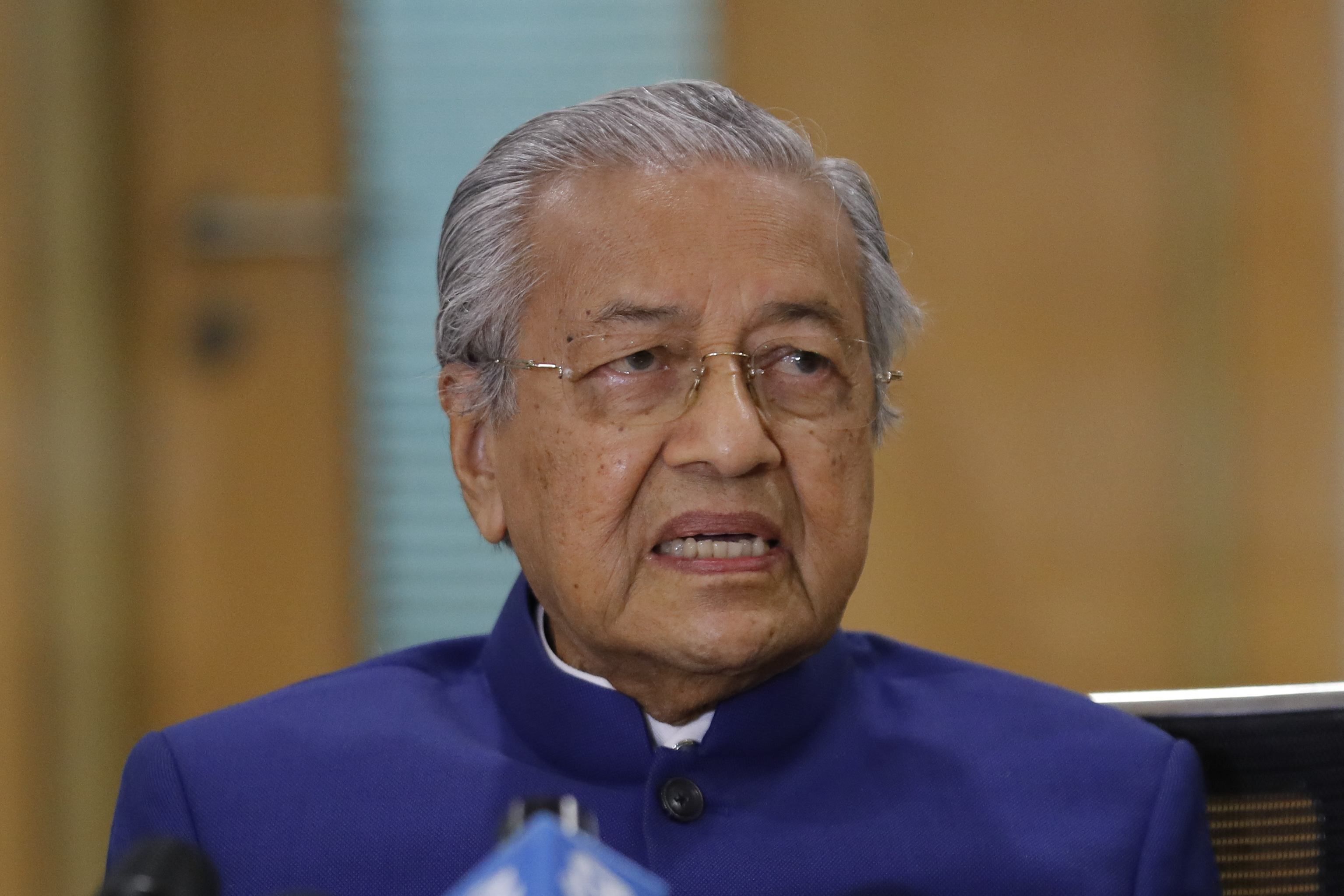
Introduced by Prime Minister Tun Dr. Mahathir bin Mohamad in 1991, Wawasan 2020 is basically a plan to turn Malaysia into a fully developed nation.
In an official announcement, he declared that:
“By the year 2020, Malaysia can be a united nation, with a confident Malaysian society, infused by strong moral and ethical values, living in a society that is democratic, liberal and tolerant, caring, economically just and equitable, progressive and prosperous, and in full possession of an economy that is competitive, dynamic, robust and resilient.”
To achieve this dream of a better Malaysia, he outlined nine challenges that needed to be overcome:
-
Challenge 1: Establishing a united Malaysian nation made up of one Bangsa Malaysia (Malaysian Race).
-
Challenge 2: Creating a psychologically liberated, secure and developed Malaysian society.
-
Challenge 3: Fostering and developing a mature democratic society.
-
Challenge 4: Establishing a fully moral and ethical society.
-
Challenge 5: Establishing a matured liberal and tolerant society.
-
Challenge 6: Establishing a scientific and progressive society.
-
Challenge 7: Establishing a fully caring society.
-
Challenge 8: Ensuring an economically just society, in which there is a fair and equitable distribution of the wealth of the nation.
-
Challenge 9: Establishing a prosperous society with an economy that is fully competitive, dynamic, robust and resilient.
Everything seemed ready to fall into place. Plans were prepared, schedules were arranged and we had 29 whole years to put it all together.
So What Happened?
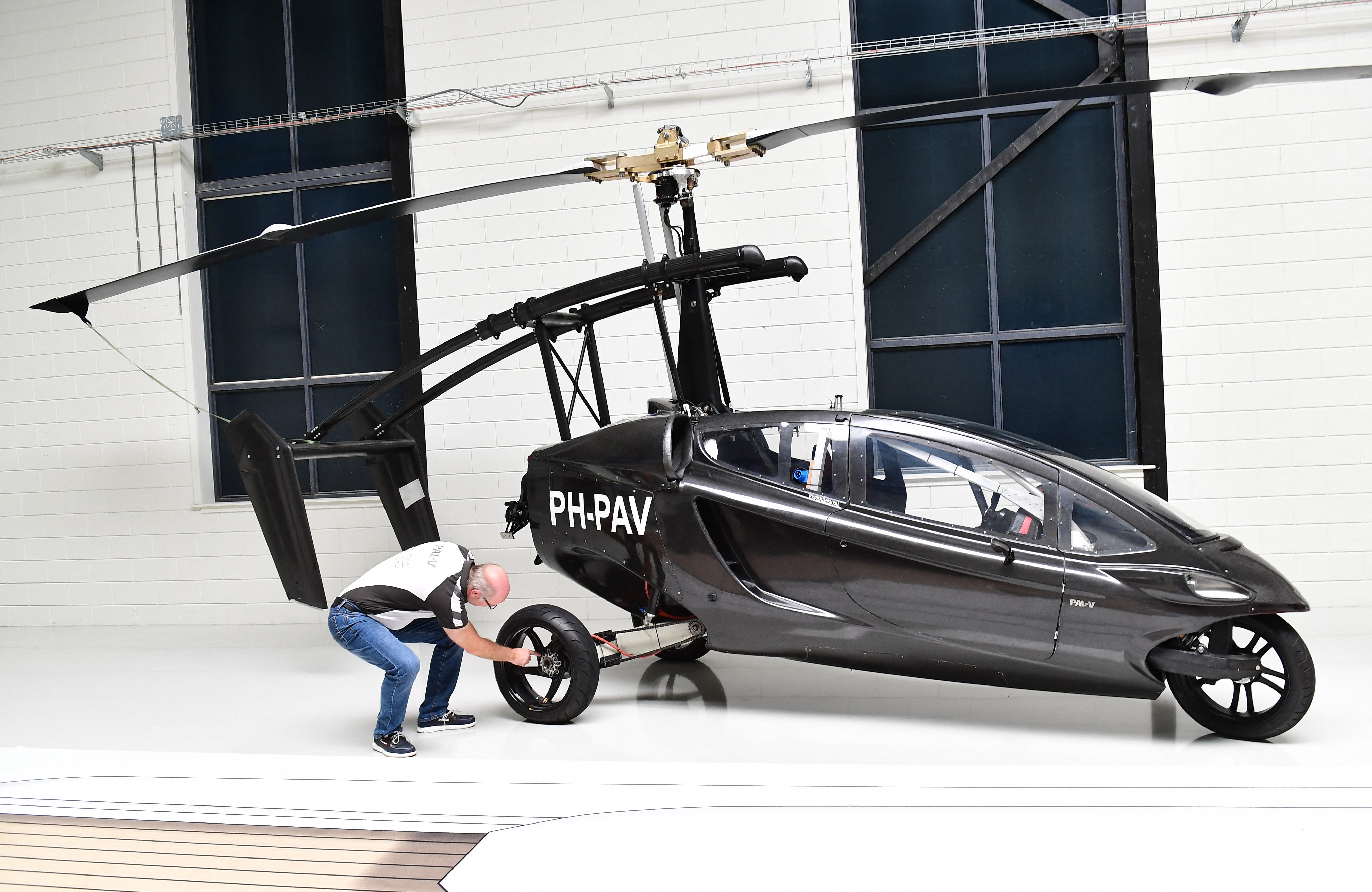
While it cannot be denied that the COVID-19 pandemic hammered the final nail into the coffin of Wawasan 2020, the fact remains that the plan had begun to falter long before the start of 2020.
In fact, by January 2020 only 40% of Malaysians believed that our country had achieved Wawasan 2020. Of the remainder, 38% disagreed with the idea while 22% reported that they were unfamiliar with the plan — which is rather sad considering that the government has had nearly 30 years to explain it to everyone.
So why are so few people confident in our country’s progress? Let’s take a closer look at each of the challenges, shall we?
Challenge 1: Establishing a united Malaysian nation made up of one Bangsa Malaysia (Malaysian Race)
In this day and age, the memories of the 13 May riots can almost feel like ancient history. Yet despite all the “1Malaysia” slogans thrown around, it cannot be denied that racial tension is still lurking beneath the surface.
In 2019, a study by Ipsos Malaysia discovered that 67% of Malaysians are still concerned about the possibility of violent conflicts involving ethnic groups — a fear that had increased by 12% compared to the year before.
Conclusion: ‘1Malaysia’ is a neat idea that’s still a long way from becoming reality.
Challenge 2: Creating a psychologically liberated, secure and developed Malaysian society
Challenge 5: Establishing a matured liberal and tolerant society
Since these are both very similar, let’s take a look at them together.
The first problem here is that it’s pretty hard to measure how well this challenge is being met. What does a “psychologically liberated” society even look like?
However, while it can be hard to measure how “liberated” we are, it is possible to measure how “not” liberal our society has become. The answer to that is that Malaysians are becoming increasingly conservative and intolerant over the years.
The Prosperity Index 2019, which is a study that compared 167 nations across the globe, placed Malaysia at 145th place in terms of “social tolerance”.
This was the first time our country had dropped below rank 100 since 2015. This serves as a warning sign of the increasing pressure faced by ethnic minorities, LGBTQ individuals and immigrants in Malaysia.
Conclusion: Although we started out alright, we still need to work on opening up and becoming more tolerant of those around us.
Challenge 3: Fostering and developing a mature democratic society
This particular challenge was seen as a distant dream by those familiar with Malaysia’s political landscape. After all, can it really be called a mature democracy if one political party remains in control of the government forever?
However, the 2018 election was seen as a turning point in our country’s history. For the first time, our people stood up as one and voted in a new ruling government, one that would hopefully put us back on track and turn us into a fully developed democracy.
Of course, that all went down the drain in February 2020 when the so-called “Sheraton Move” overthrew the democratically elected Pakatan Harapan government and ushered in a new backdoor government just in time for the COVID-19 pandemic to hit us in the face.
Conclusion: Once again it’s one step forward, two steps back.
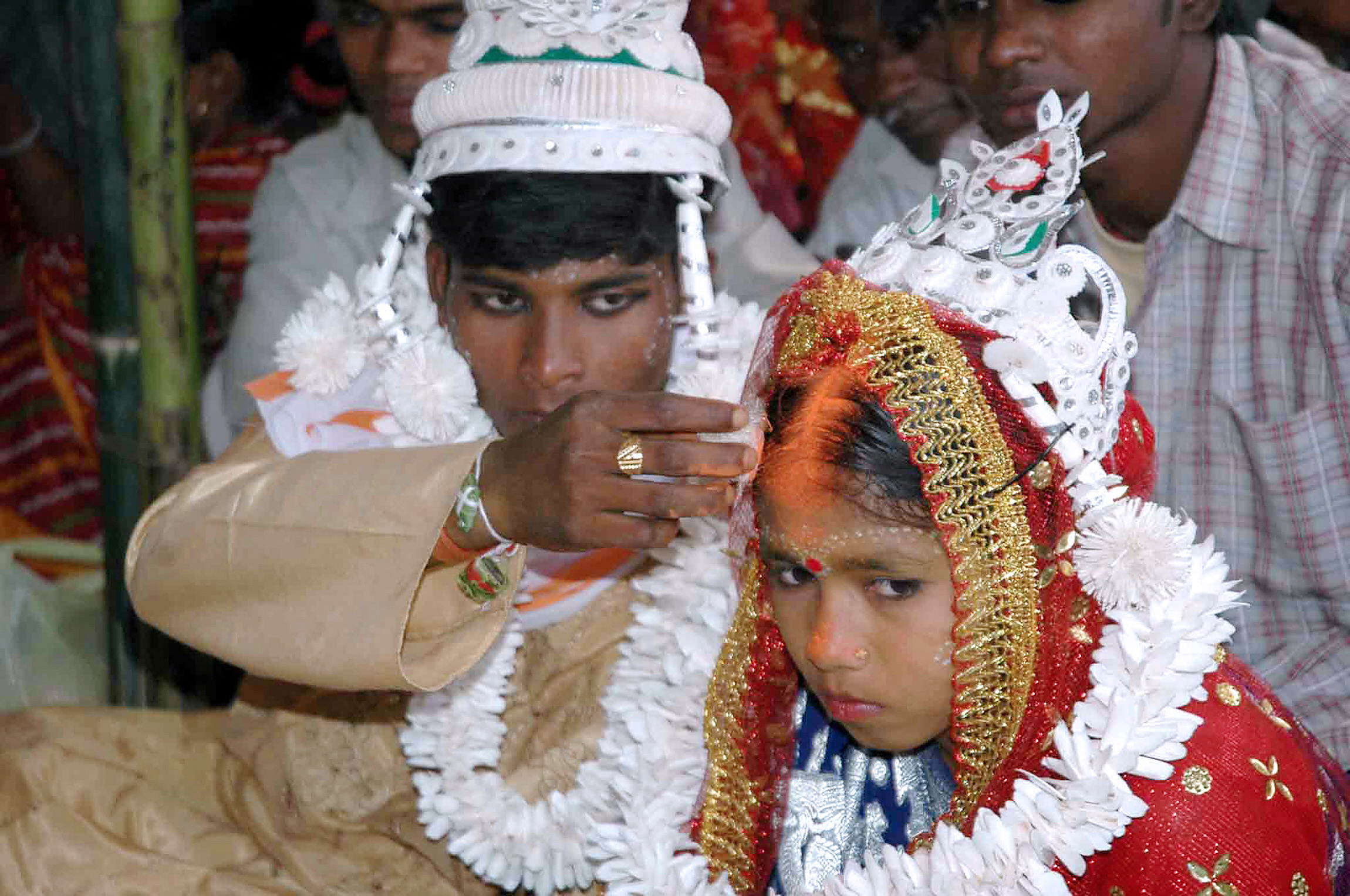
Challenge 4: Establishing a fully moral and ethical society
Again, this is one of those challenges which is hard to measure. What exactly should a “moral” society look like? If you asked 10 people, you’d probably get 10 different answers.
So to keep it simple, let’s look at how Malaysia measures up in terms of fundamental human rights as established by the United Nations. It’s a big list of rights that everyone is supposed to have regardless of race, religion, gender, etc.
Happily enough, we actually meet almost all of them! Out of the 30 listed human rights, only four of them are seen as big issues in Malaysia:
-
Article 1: All humans are born free and equal in dignity and rights
-
Article 15: Everyone has the right to a nationality
-
Article 16: Marriage shall be entered into only with the free and full consent of the intending spouses, men and women of full age
-
Article 23: Everyone who works has the right to equal pay for equal work for himself and his family an existence worthy of human dignity
Conclusion: 26/30. We’re doing just fine… you know, aside from the unequal rights, discriminatory citizenship laws, child marriages and poor treatment of foreign labour.
Challenge 6: Establishing a scientific and progressive society
Well, we still don’t have flying cars yet, so I’m going to call this one another bust.
More seriously, a “scientific and progressive” society refers to a society that doesn’t just consume but also contributes to developing more cutting edge technologies. In other words, are our students capable of becoming the scientists, engineers and leaders of tomorrow?
Sadly, the consensus still seems to be “no”.
In 2011, Malaysia spent 3.8% of our GDP on education — more than twice the ASEAN average of 1.8%. This heavy investment has helped us to provide near-universal access to education, with nine out of 10 Malaysian adults achieving at least lower secondary education.
However, while the quantity of education is good, the quality is still lagging. According to the World Bank, our weak education system is one of the biggest obstacles to reaching a high income status.
“The quality of cognitive skills of Malaysian students, as measured by standardised international tests, is not on par with the country’s aspirations to become a high-income economy,” they reported, pointing out that our students were struggling compared to those in neighbouring countries such as Singapore and Vietnam.
Conclusion: At the moment, everyone’s too busy trying to get a handle of this ‘learning from home’ thing. But once this pandemic is over, we definitely need to focus on improving the quality of education.
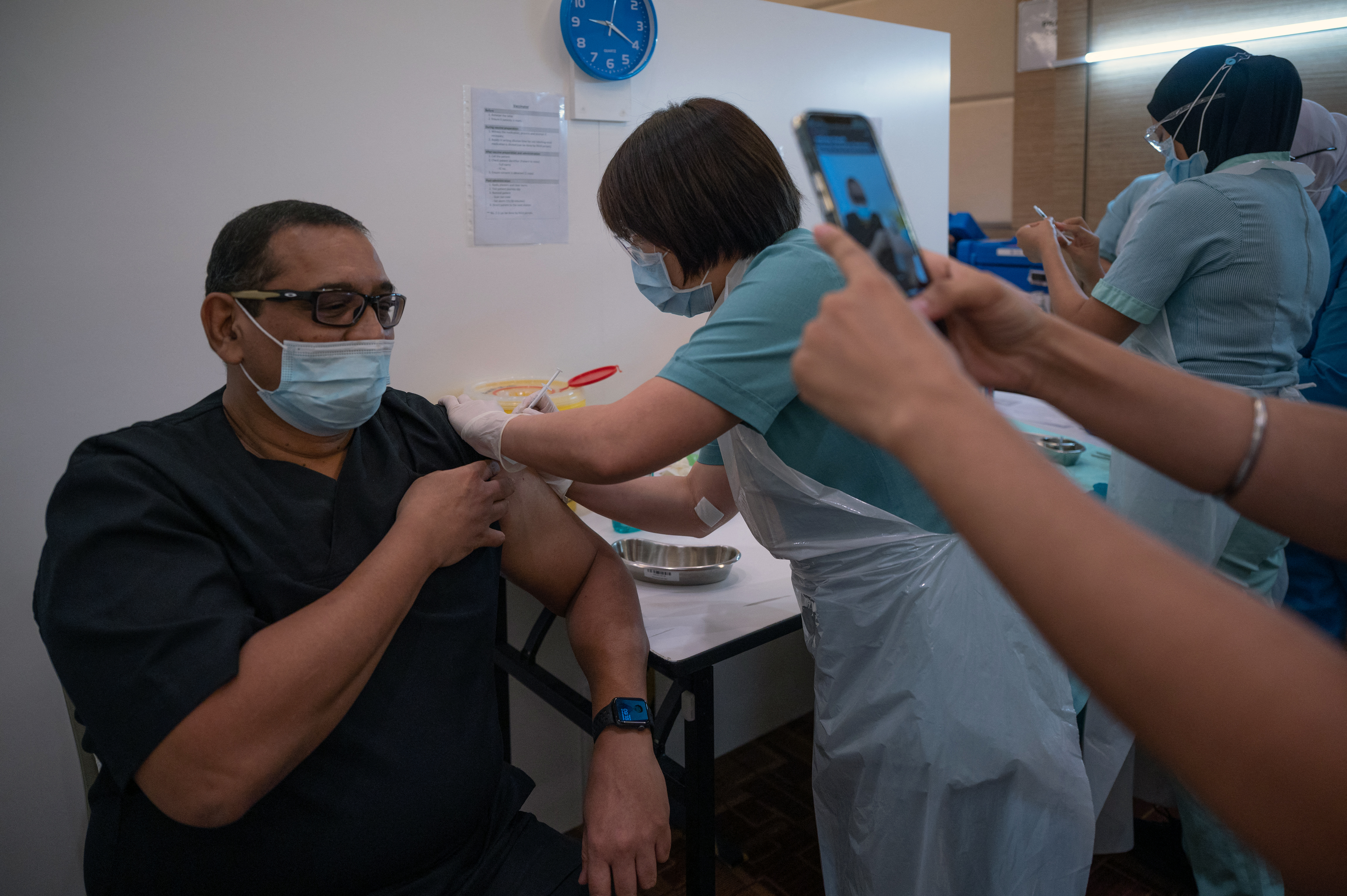
Challenge 7: Establishing a fully caring society
From what I can tell, a “caring” society is one where people put the good of the community over their own selfishness. It’s one that looks after its people and places everyone on an equal footing so that nobody is left behind.
So is Malaysia a caring society? I’d say that the answer is yes. Perhaps more now than ever before.
In 2020, the slogan “Malaysia Prihatin” (Malaysia Cares) was used on National Day — an acknowledgement of something we’ve seen embodied by Malaysians from all walks of life during this terrible pandemic.
For every story of some selfish guy flouting quarantine, we’ve seen a dozen more about people bringing food supplies to rural areas, providing financial assistance to those in need and donating generously to support our frontline workers.
Despite the existence of a few bad apples, it’s clear that Malaysian society is one that cares deeply for each other.
Conclusion: Still not perfect, but well on track.
Challenge 8: Ensuring an economically just society, in which there is a fair and equitable distribution of the wealth of the nation
One of the major goals of Wawasan 2020 was to narrow the wealth gap between the rich and the poor. Unfortunately, while Malaysia’s middle class has grown since 1991, our wealth gap has also grown bigger than ever.
According to “The State of Households 2018” report by Khazanah Research Institute (KRI), the gap between Malaysia’s rich, middle class and poor has almost doubled since 2008. In other words, the rich are getting richer while the poor are struggling to catch up.
“Because they (the T20) started at a higher base, the income gap between the T20 and M40/B40 had continued to grow despite the fact that the relative (income growth) is actually narrowing post-GFC,” explained Allen Ng, lead author of the KRI report.
However, the good news is that the government has been taking steps to address this issue. The biggest step so far has been the implementation of minimum wage in 2009, along with the more recent increase to RM1,200 minimum wage in 2020.
Conclusion: We’re on the right track, but there’s still a long way to go.

Challenge 9: Establishing a prosperous society with an economy that is fully competitive, dynamic, robust and resilient
When it comes to measuring the economy, the easiest way is to look at the nation’s GDP. When Wawasan 2020 was first established, Mahathir believed that by 2020 Malaysia’s GDP would be eight times larger compared to 1990 with an annual growth rate of 7%.
However, looking at data provided by the World Bank, it turns out that Malaysia has grown an average of 5.8% each year between 1990 and 2018. Which is still good, but not as much as expected.
However, even aside from the extraordinary events such as the COVID-19 situation, Malaysia’s economy has been hampered by our general lack of productivity — partially caused by the lack of women in the workplace.
While 80.2% of males are participating in the labour force, the same can be said for only 54.3% of women.
Conclusion: Although the percentage of working women has steadily grown over the years, we still have a long way to go if we ever wish to become a developed country.
So What Happens After 2020?
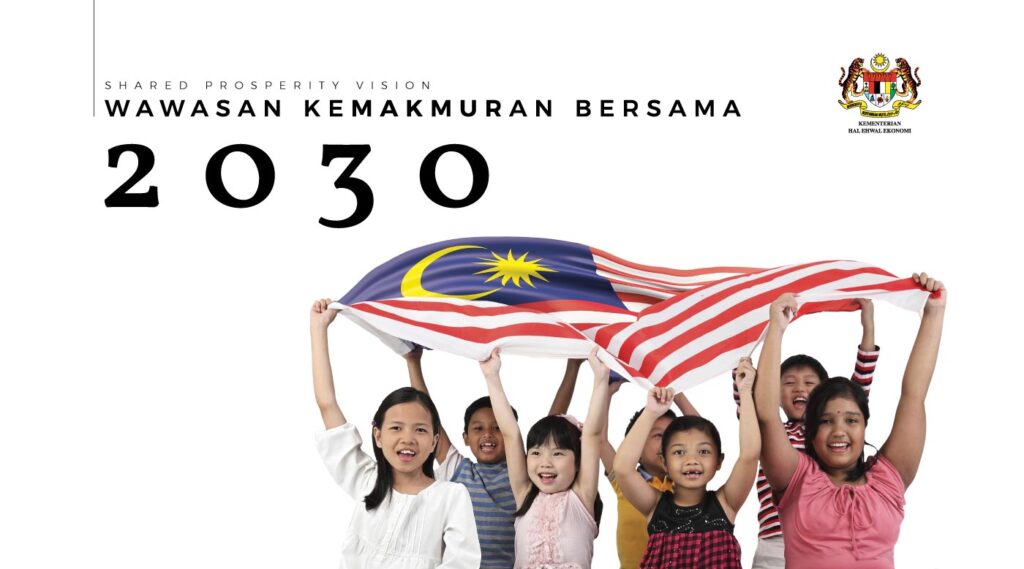
When Mahathir was re-elected as Prime Minister in 2020, he admitted that it would be impossible for the new Pakatan government to meet the goals set by Wawasan 2020 due to the problems caused by the previous government.
“Even though we work hard night and day, I don’t think we can achieve it by 2020,” he admitted. “It may take longer, perhaps in 2025 or before that if we implement the right policies.”
A year later, Mahathir revealed his new plan: the Shared Prosperity Vision 2030 (Wawasan Kemakmuran Bersama, WKB2030), which was a more comprehensive and better designed version of Wawasan 2020.
Unlike Wawasan 2020’s nine challenges, WKB2030 had three main goals:
-
Development for everyone
-
Addressing wealth and income disparities
-
Building a prosperous, unified nation
While WKB2030 was praised by economists, others have pointed out that its narrowed focus may lead to growing problems in the future, as explained by Economic Action Council member Tan Sri Rafidah Abdul Aziz:
“My worry is that if we do not continuously change our attitude, and if we do not understand what is our stand on diversity in Malaysia, we will end up with a third-world mentality, constantly butting heads with each other, questioning the small matters and carrying with us the burden of old issues that need not stay until 2030.”
Looking to the Future
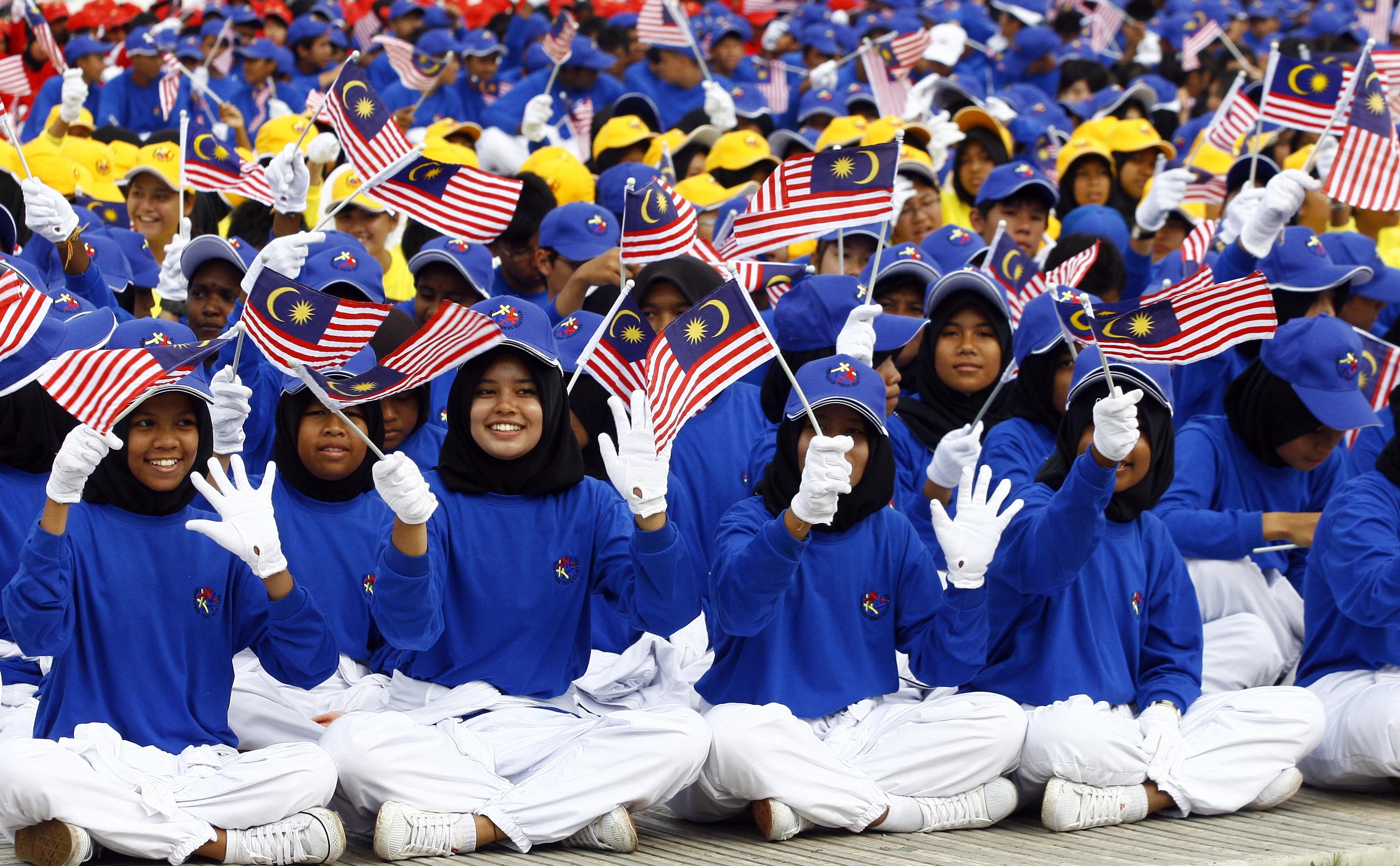
Although we may have fallen short of the goals set by Wawasan 2020, it cannot be denied that we’ve still come a long way compared to 1991. Over the past 30 years, Malaysia has grown by leaps and bounds from a tiny, unimportant nation into a vibrant and growing power in its own right.
Although Malaysia is still classed as a ‘developing’ nation, our country is filled with talented young men and women who are ready and willing to face whatever challenges the world can throw at them. If we want our country to achieve its full potential, our youth will need to make their voices heard not just online, but also on the voting ballot.


